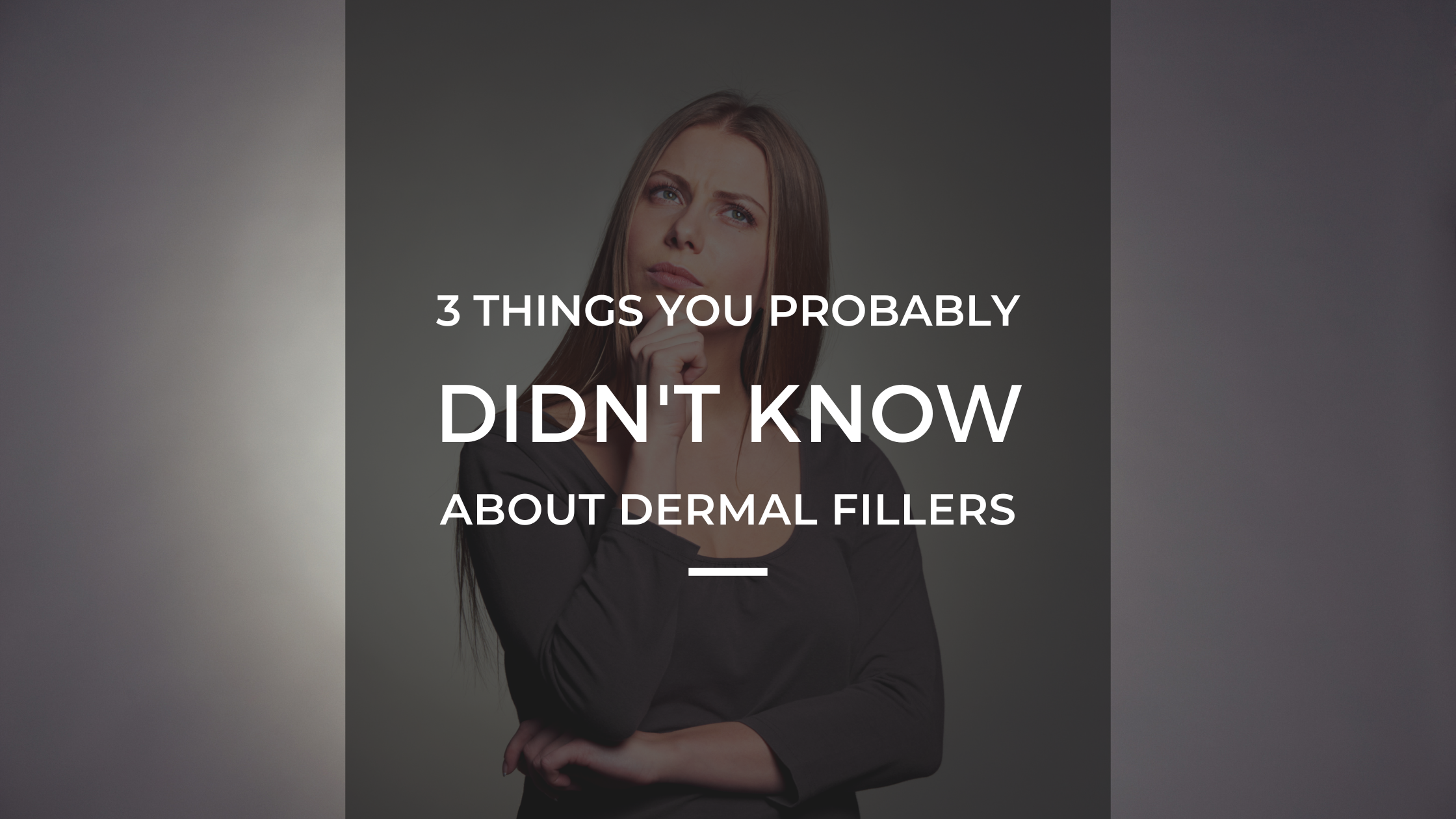Think you know it all about dermal fillers, and want to challenge yourself? Maybe you’re considering getting a dermal filler treatment for the first time, and want to know more about them before you decide. Either way, here are 5 facts about dermal fillers that you might not know.
1. Most dermal fillers can be used in may parts of the body besides the face.
Depending on the country you seek treatment in, dermal filler injections might be officially approved for subdermal implantation into the hands, for example. Injection into the hands can of course smooth out wrinkles just like it can in the face, but it can also minimise the appearance of veins and other features you might not like becoming more and more pronounced as you age.
Note, however, that dermal filler injections are not typically used for breast or buttocks enlargement. Though such treatments are offered in a few Asian countries, the technology is really most effective at targeting small features, and cannot easily be ‘scaled up’ to that level. Many practitioners have, however, reported success in restoring the appearance of youth and resilience to droopy earlobes – so those heavy earrings might come back into the normal rotation again!
2. Men are using dermal fillers more and more.
However, they favour different types of filler chemicals, and different areas of application. Whereas women most often use dermal fillers to restore volume and resilience of the face, men more often use non hyaluronic acid fillers to sculpt the bone-based features of the face. These fillers are more well-suited to providing the more ‘chiselled’ rugged features which the majority of women would rather avoid.
These fillers are often based n calcium hydroxyapatite, liquid silicone or PMMA. These are older materials than the newer HA-based fillers, and are essentially non-organic. This means they do not break down as quickly in the body, making them much closer to semi-permanent. However, they also miss out on some of the benefits that the organic, plant based hyaluronic acid fillers offer.
3. Dermal filling treatments are a lot older than you might think.
The basic technology of dermal filling is nearly 200 years old. It was developed in Austria during the Victorian era, by a surgeon named Robert Gersuny. Most early dermal filling techniques used mineral oil or liquid paraffin (wax) to fill in facial defects as part of reconstructive surgery. It was very popular until around 100 years ago.
Why did dermal filling spend 100 years in limbo? Well, as you might have guessed, dermal filling compounds developed in the age of lead-containing face makeup and uranium-tainted ‘health water’ were not up to today’s standards!
Things went wrong often, and after a famous beauty (Gladys Deacon, the Duchess of Marlborough) was permanently disfigured by a failed injection of hot molten wax into her nose, the practice was largely abandoned until truly safe filling compounds were developed early in this century.



Comments are closed